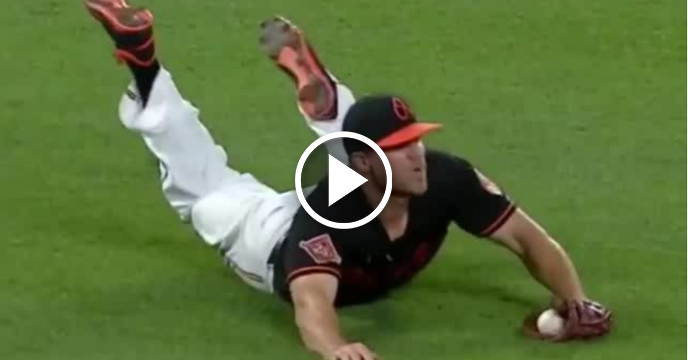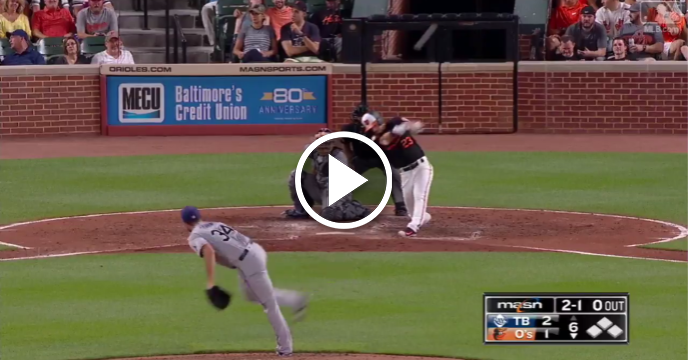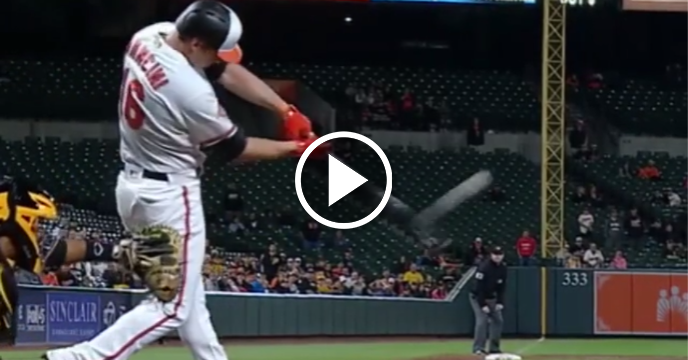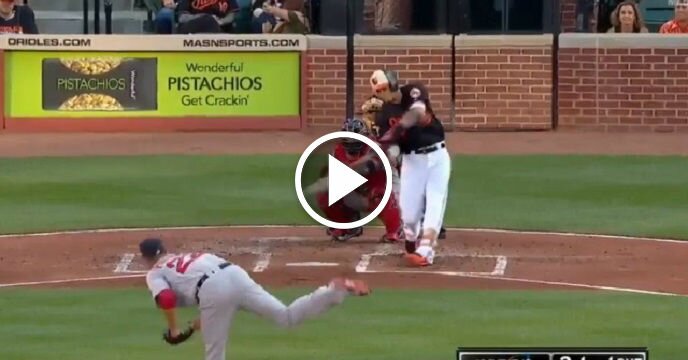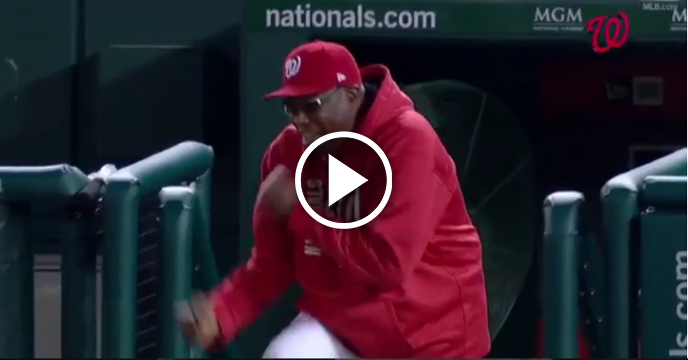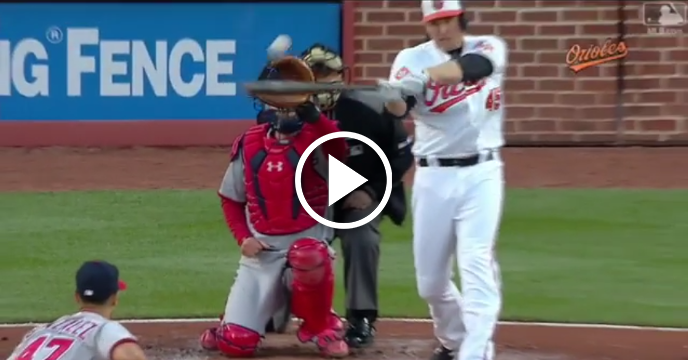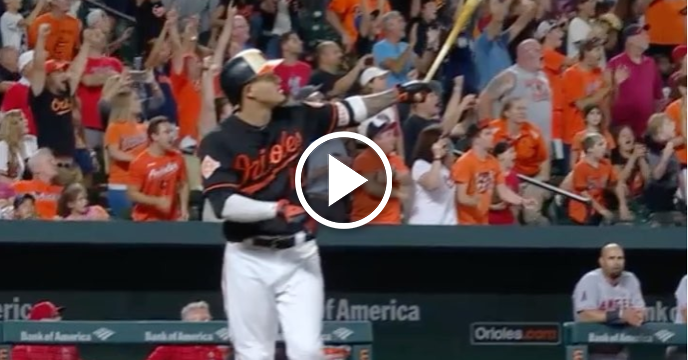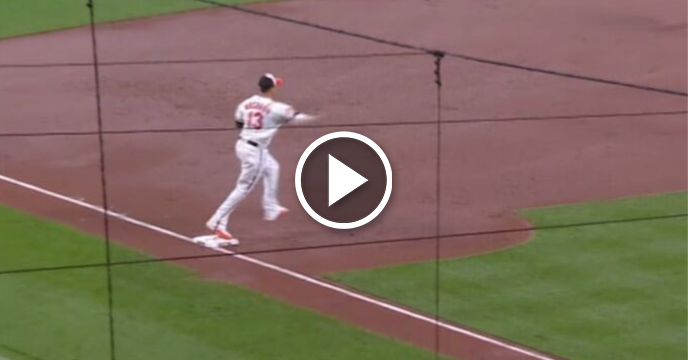As Dan S pointed out a few days ago, the Baltimore Orioles were finally able to trade their #1 starter, Jeremy Guthrie. For a team that was looking to build towards the future, it seems like an odd move to trade Guthrie to the Colorado Rockies for reliever Matt Lindstrom and starter Jason Hammel. So the question is, was it a worthwhile trade for the O’s?
Guthrie’s acquisition in 2007 was one of the best moves the Orioles have made in recent history. They picked up a highly regarded starting prospect at the cost of a waiver claim. He would post a 4.12 ERA for the Orioles, a fairly impressive number for a pitcher spending his career in the AL East. Guthrie didn’t strike out many batters (5.5 K/9) but he posted relatively low walk rates (2.6 BB/9) which helped him succeed by limiting baserunners. He’s very durable, having thrown 200 or more innings in three straight seasons. So he’s a pretty valuable pitcher, and one that should have allowed the Orioles to acquire a promising prospect. Guthrie was a free agent at the end of the year, but seeing as a trade would have given a team 6 months out of him, they still could have got a good return.
So we know Guthrie was a solid, if not spectacular starting pitcher, but what about the players they got in return? Jason Hammel is an intriguing starter, given that he’s posted better strikeout rates than Guthrie (6.25K/9 career for Hammel). It’s odd that Hammel hasn’t been more successful, given that for his career he has a 4.38 FIP and a 4.99 ERA. What that means is that he’s been pitching well enough to post a sub 4.50 ERA, and yet the results are widely different than what we should have expected. This could mean that Hammel struggles in the stretch, or he’s got poor pitch selection. So unless Hammel improves in these aspects, it’s clear Guthrie is the better of the two starters going forward. When you throw in Hammel’s injury history, which has prevented him from ever reaching 180 innings in a season, it’s clear the Orioles have downgraded in the rotation. Hammel’s one advantage over Guthrie is that he’s not a free agent until after 2013, but for a team in the Orioles position it would have made more sense to acquire a prospect who could help them in the long term.
The other player acquired by the Orioles was hard throwing right hander Matt Lindstrom. Unlike Hammel, Lindstrom is coming off a solid season in relief with a 3.00 ERA (3.30 FIP). He keeps a lot of balls on the ground (47.1% for his career), and when this is combined with his strong strikeout rate makes him an effective late game reliever.
While the O’s were able to pick up two players with some upside, the deal doesn’t really make much sense for them. Guthrie is better than Hammel, and neither player really has any long term value to the franchise. Likewise Lindstrom is an effective reliever, but he’s gone after 2013 and unless the O’s flip him they’re not going to be much better off than they were with Guthrie. The salaries of Hammel and Lindstrom are similar to that of Guthrie, so the Orioles aren’t even saving much money here. It just doesn’t make sense for the O’s to trade Guthrie for two older players with little long term value. It makes even less sense from Colorado’s perspective. They traded for a pitcher with one less year of club control, and gave up a quality reliever in the process.
Normally there’s at least one team who comes out ahead in a trade, but this might be the rare case where neither team upgraded by making a move.
 Share
Share 

